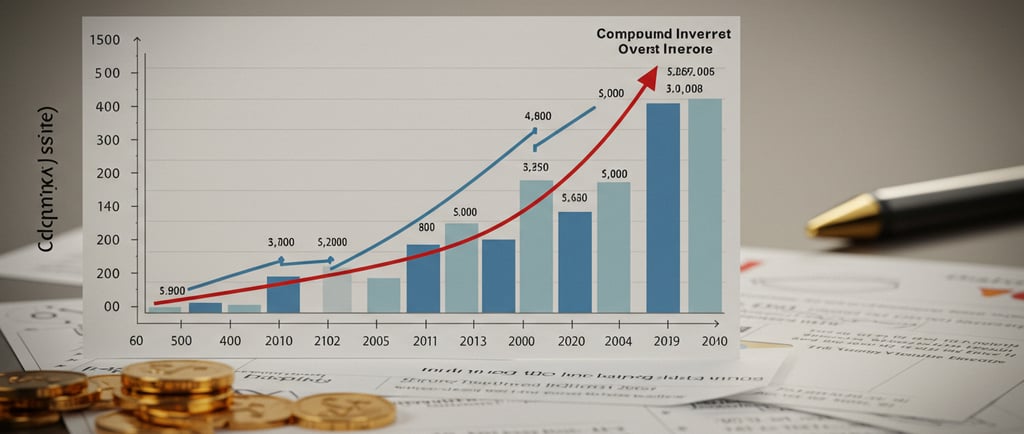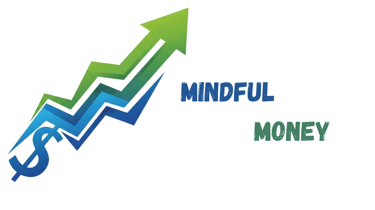The Snowball Effect: How Compound Interest Turns Small Savings into Serious Wealth
What if your money could make money? That sounds good, right? Now, what if the money that your money made could also start making its own money?
Cristian ianowich
7/14/20253 min read


What if your money could make money? That sounds good, right? Now, what if the money that your money made could also start making its own money?
That’s not a riddle; it's the simple but powerful concept behind compound interest. Albert Einstein reportedly called it the eighth wonder of the world, and it’s the secret weapon savvy investors use to build wealth over time. It’s a force that can turn small, consistent savings into a fortune.
Let’s break down how this financial "magic" works and show you why thinking long-term is the most important decision you can make for your money.
What Exactly Is Compound Interest? (Let's Keep It Simple)
Compound interest is the interest you earn on your original investment plus all the interest you’ve already accumulated. Your money starts working for you, and then its earnings join the workforce, too.
It’s different from simple interest, where you only earn interest on your initial investment (the principal).
Let's look at a quick example with $1,000 at a 10% annual return:
With Simple Interest: You earn $100 (10% of $1,000) every single year. After 3 years, you have $1,300.
With Compound Interest:
Year 1: You earn $100. Your new total is $1,100.
Year 2: You earn 10% on $1,100, which is $110. Your new total is $1,210.
Year 3: You earn 10% on $1,210, which is $121. Your new total is $1,331.
That extra $31 might not seem like much, but over time, this is where the cascading effect begins.
The Cascade: Watching the Snowball Grow
The best way to visualize compound interest is to think of a small snowball at the top of a very long hill. As you gently push it, it starts rolling. At first, it picks up just a little bit of snow. But as it gets bigger, it picks up more and more snow with each rotation, moving faster and growing exponentially.
Your investment is that snowball. Time and consistent contributions are the long hill.
A Real-World Example
Let's imagine you invest an initial $1,000 and add just $200 every month. Assuming an average annual return of 8% (a typical historical average for the stock market), look at how your snowball grows:
After 5 years: You will have invested $13,000. Your account balance would be around $16,800.
After 10 years: You will have invested $25,000. Your balance would be over $42,000.
After 20 years: You will have invested $49,000. Your balance would be nearly $120,000.
After 30 years: You will have invested $73,000. Your balance would surge to over $275,000.
Notice the massive jump in the later years. In the first 10 years, you earned about $17,000 in interest. In the last 10 years of this example, you earned over $155,000. That’s the cascading, snowball effect in action!
Your Financial Superpower: Starting Early
The most important ingredient for compound interest isn't the amount of money you invest—it's time. To prove it, let’s look at two different investors.
Investor A - The Early Bird: Starts at age 25. She invests $200 every month until she is 35 and then stops completely. She never adds another dime. Total invested: $24,000.
Investor B - The Procrastinator: Starts at age 35. He invests $200 every single month until he retires at age 65. Total invested: $72,000.
Who has more money at age 65, assuming the same 8% return?
It's Investor A, the Early Bird, by a huge margin. She would have over $310,000, while Investor B, who invested three times as much money, would have about $275,000.
This is the power of giving your money a 10-year head start.
You don't need a huge salary or a lump sum of cash to build significant wealth. You just need to give your money the one thing it needs most to grow: time. The best day to start your snowball rolling was yesterday. The second-best day is today.
